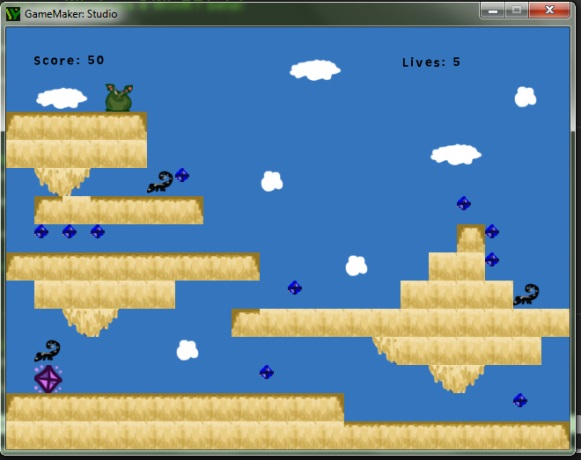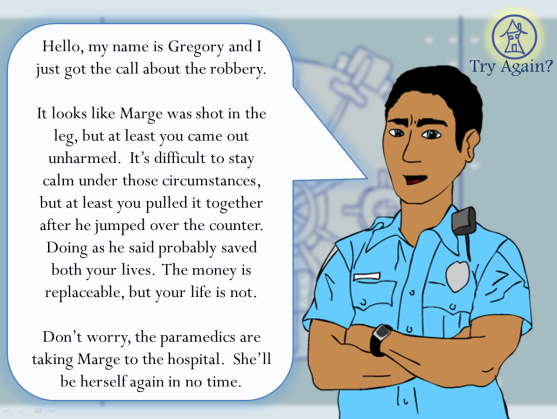ATD Blog
Gamification: Adding to the Learning Experience
Tue Apr 16 2013


One concept that seems to have come into prominence as I entered into the instructional technology field is the idea of “gamification.” Gamification is the integration of game elements into courses and instructional materials. This rather broad umbrella term has been the source of much debate, as instructional designers analyze the best ways of applying it to our industry. What it all seems to boil down to is that when used meaningfully, game elements are capable of enhancing the learner’s experience in a course.
Content comes first
When I was working in the video game industry, the focus tended to be on the type of game being created. The content was secondary to the gameplay. Because of this, it didn’t matter if it was a game about dragons or ancient Egypt—so much as it mattered that it was a shooter, puzzle, or platformer game.
However, the exact opposite is true when it comes to gamification in learning. Content comes first and foremost, and game elements are supplemental. What this means for learning is that game elements should be chosen carefully, so as to support the content in a meaningful fashion. If it does not reinforce the material in some way, it should not be used. Points, badges, and leaderboards are not motivating to learners if they don’t have some clear application to the knowledge and skills that the student is trying to gain.
Adding experiential learning and relevance
One way that gamification can be applied to courses is to add a degree of experiential learning. Experiential learning means that a student is learning by doing. In this way, a student learns by experiencing a problem directly and finding out the right and wrong answers based on actions that they take. This is the most memorable way for a student to gain knowledge. However, learning from direct experiences can be time consuming and difficult to measure. Therefore, adding a gamified element such as a simulation can allow for bot—learning is measurable as well as experiential.
A simulation, for instance, provides a safe environment where a learner can safely experience something dangerous. It also allows the learner to try a task or skill multiple times, seeing what happens when a different choice was made. Assessment items can be tied to choices that are selected, or can be external to the game, such as discussion questions or a written assignment based on the experience. In this way, learners take the time to reflect upon their actions.
The idea of adding relevance to a course can also benefit from gamification. A course should not only present information to the learner, but also show them how it will apply to their lives. A learner should understand that the course is important to them. Using game elements, learners can easily view relevance if material is presented in a believable way. Games can place them in a realistic situation, or make them reason through a problem. Placing the learners in an environment that is close to what they will experience in their own lives will enhance the relevance of the course for them. Those same learners will be more motivated to learn the content of the course.
One strategy that will enhance the relevance of a course is to add avatars. Avatars can provide a sense of realism for learners, allowing them to interact with people the way they would in their everyday lives. Avatars can have a variety of roles, from the mentor character who guides the student to the friend who encourages them. This gives them the help they need without handing them the answers. It also encourages them to reach out for answers to important questions.

Mix and match your elements
There are a wide variety of game elements that can be added to learning materials. Try to mix and match them in ways that benefit the specific course you are trying to teach. A variety of interactions enhance engagement in learners, as well as enhancing learning strategies.
Points, badges, and leaderboards are favorites that can be used to encourage competition and goal building.
Simulations and games can be added to provide immersive experiences for the learners. Levels and challenges can be added to encourage motivation.
Choices, such as in branching scenarios, can add consequences that reinforce learning by providing examples and non-examples in a memorable fashion.
Gamification can be very beneficial to learning. However, it needs to be used in a way that augments the material being learned. Ways to do this include adding relevance and experiential learning to your courses. The important thing to keep in mind is that the content of the course comes first, and game elements are there to add to the experience.
